-
×
-
×
Cichlasoma Paratheraps Fenestrata Vieja Window Cichlid - Vibrant Colors, Hardy & Active Fish for Your Aquarium, Ideal for Beginners Seeking Stunning South American Cichlids 1 × £28.06
-
×
Purple Vampire Crab - Geosesarma Dennerle - Decapod Crustacean 1 × £7.74
-
×
-
×
-
×
Subtotal: £94.83


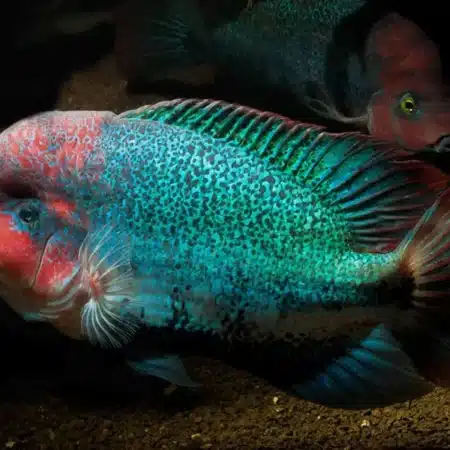 Cichlasoma Paratheraps Fenestrata Vieja Window Cichlid - Vibrant Colors, Hardy & Active Fish for Your Aquarium, Ideal for Beginners Seeking Stunning South American Cichlids
Cichlasoma Paratheraps Fenestrata Vieja Window Cichlid - Vibrant Colors, Hardy & Active Fish for Your Aquarium, Ideal for Beginners Seeking Stunning South American Cichlids 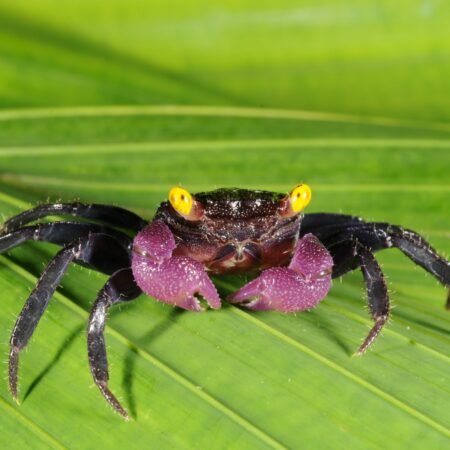 Purple Vampire Crab - Geosesarma Dennerle - Decapod Crustacean
Purple Vampire Crab - Geosesarma Dennerle - Decapod Crustacean 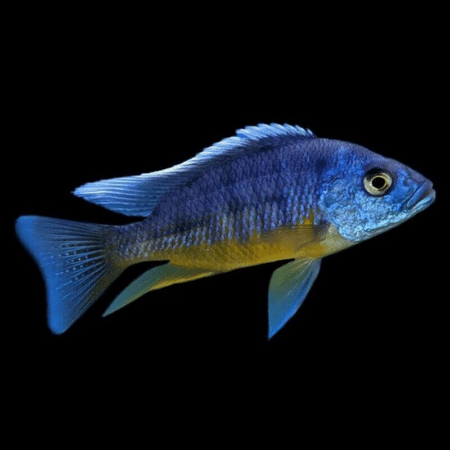







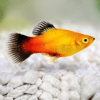


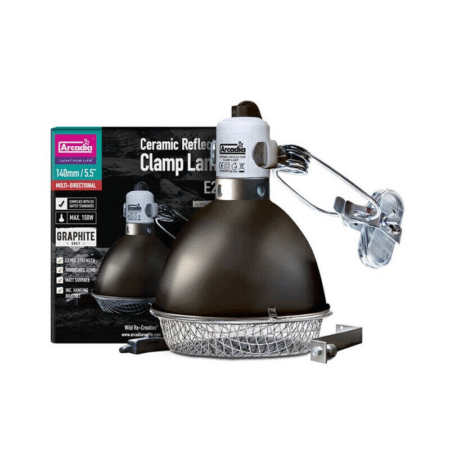



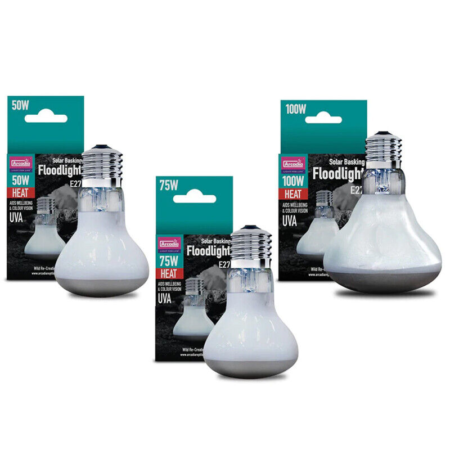
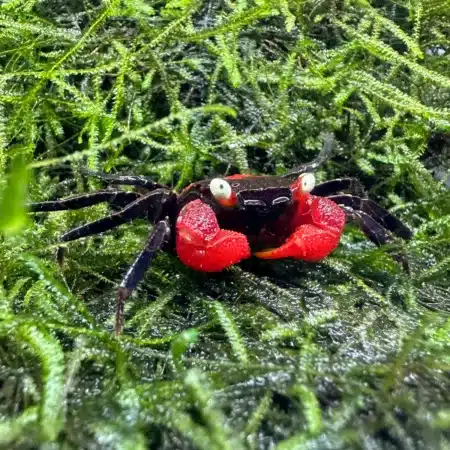
Emily Foster (verified owner) –
I recently purchased 4 Sunset Platies, and I couldn’t be happier! After just one week in my 20-gallon tank, these colorful little beauties have settled in perfectly. They swim joyfully around, and their vibrant orange and yellow hues are mesmerizing. As a caring fish parent, I prioritize fish health, and I’m pleased to say these platies arrived healthy and active. Compared to other tropical fish I’ve kept, these platies are so sociable and seem to have such cheerful personalities. I love watching them interact with each other and explore their environment. One minor concern I had was that they were a bit shy at first, but it didn’t take long for them to feel at home and start showing off their playful nature! If you’re looking for a fun and lively addition to your aquarium, I highly recommend Sunset Platies. They’re perfect for both beginner and experienced aquarists. Shipping was quick, and they arrived just as described. I would definitely buy again!
Emily Carter (verified owner) –
I recently purchased 4 Sunset Platies, and I couldn’t be happier! As a caring fish parent, I always prioritize the well-being of my fish, and these beautiful livebearers have exceeded my expectations. They arrived in perfect condition, well-packaged, and were swimming happily within minutes of acclimatization. In just over a week, I’ve noticed them becoming more social and interactive, which has been a joy to observe.
These platies are not only stunning with their vibrant colors, but they’re also incredibly friendly and peaceful, making them ideal tropical fish for beginners. I previously had some other freshwater fish that were more skittish and less engaging, but the Sunset Platies have truly transformed my aquarium into a lively community.
I do recommend providing plenty of hiding spots and plants for them to explore, which enhances their happiness. For anyone considering starting or adding to their aquarium, I wholeheartedly recommend these delightful fish. They are perfect for families, new enthusiasts, or anyone looking to add a splash of color to their tank! I’ll definitely be purchasing more in the future!